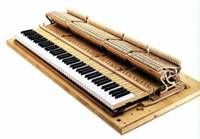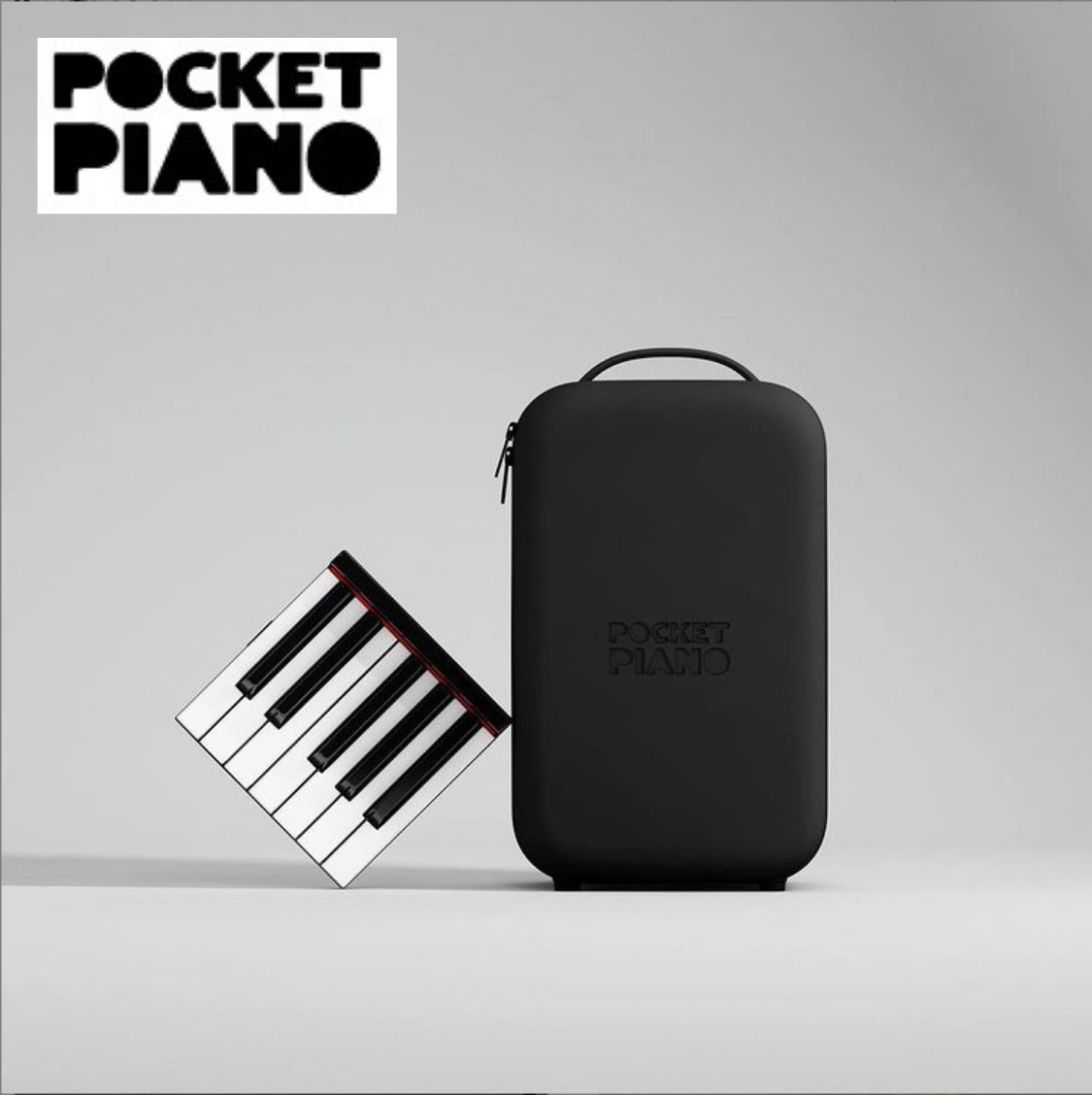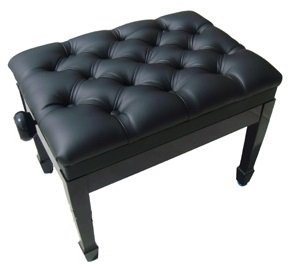Piano Action Regulation
Does My Piano Really Need It?
Piano action regulation adjusts and aligns the thousands of moving action parts within your
piano, which compensates for its normal use, wear, aging, the rise and fall of surrounding humidity levels, among other factors. This maintenance process can result in
several benefits to the pianist, and the piano itself.
Piano action regulation (1) eliminates “lost motion” when a piano key is pressed. Parts become compressed and worn down with use, every time a pianist presses down a piano key. Action parts are made up of materials such as felt (wool), leather, and other cloth designed to minimize noise and friction between the moving parts, and to protect the piano's action and keys when in use.
Regulating a piano (2) evens out the "touch response" of every key across the keyboard, and (3) adjusts the speed of repetition.
Action regulation (4) maximizes the power and control of each note within the piano, allowing each pianist the freedom of individual musical dynamic expression and to have adequate control of the piano's keyboard.
(5) The keys' collective and individual height
and (6) the level of depth each key is depressed is adjusted, allowing for the optimal touch response and sensitivity, subjective to each pianist's preference (e.g. 'shallow' key dip vs. a 'deep' key dip).
A well regulated piano feels, performs, and responds much more readily, evenly, and with greater sensitivity than a piano that has not been regulated in several years time, under normal use.
A well regulated piano action is achieved when it becomes a near "perfect mirror" to the pianist, who is performing at the piano.
A pianist should never have to "fight" the piano's action, to get it to respond to how the pianist intends to express their music, but should support and work on behalf of the pianist, in order to reflect the pianist's clear intentions and actions at the keyboard.
How Much Time Is Required to Perform a Full Action Regulation?
Comparable to a smooth running car, piano action regulation maintains your piano’s moving parts at their best. Most upright pianos can be regulated in as little as a few hours, or longer, whereas grand pianos can require up to 6 to 10 hours to regulate, or more under heavy use.
The total time of this procedure depends upon the (1) skill level and experience of the piano technician performing the action regulation, the (2) quality and condition of the piano action, and/or its (3) past use, wear, and time in between the previous service of its regulation.
Many well built concert grand pianos can require two weeks time to achieve a fine regulation in its entirety.
Action regulation is a critical step in your piano's maintenance plan. In fact, the voice and tone of your piano cannot be successfully modified (known as "voicing" or "tone regulation") until a piano's action has been properly regulated to factory specifications.
You will find your piano much more enjoyable to play - from increased
responsiveness, to evenness of touch, to the smooth acceleration
of each key at your finger tips, when regulated. Greater peace of mind, clarity, and satisfaction results when you know and feel that your piano is performing at its very best.
Every piano needs to be regulated after years and decades of normal use. As much as a piano requires scheduled tunings to be fully enjoyed and appreciated, contact us
today for a Free Quote and to schedule your piano's action regulation appointment.
Wish to Donate to our Site? If you have found our information of substantial value to your family, organization, or business, please feel free to donate to our organization, at the Paypal link below.
SUBSCRIBE TO OUR FREE EZINE:
Support our site at no cost to you. Make your Amazon purchases by clicking through this link, here.







 Click Here to View our Terms and Conditions
Click Here to View our Terms and Conditions